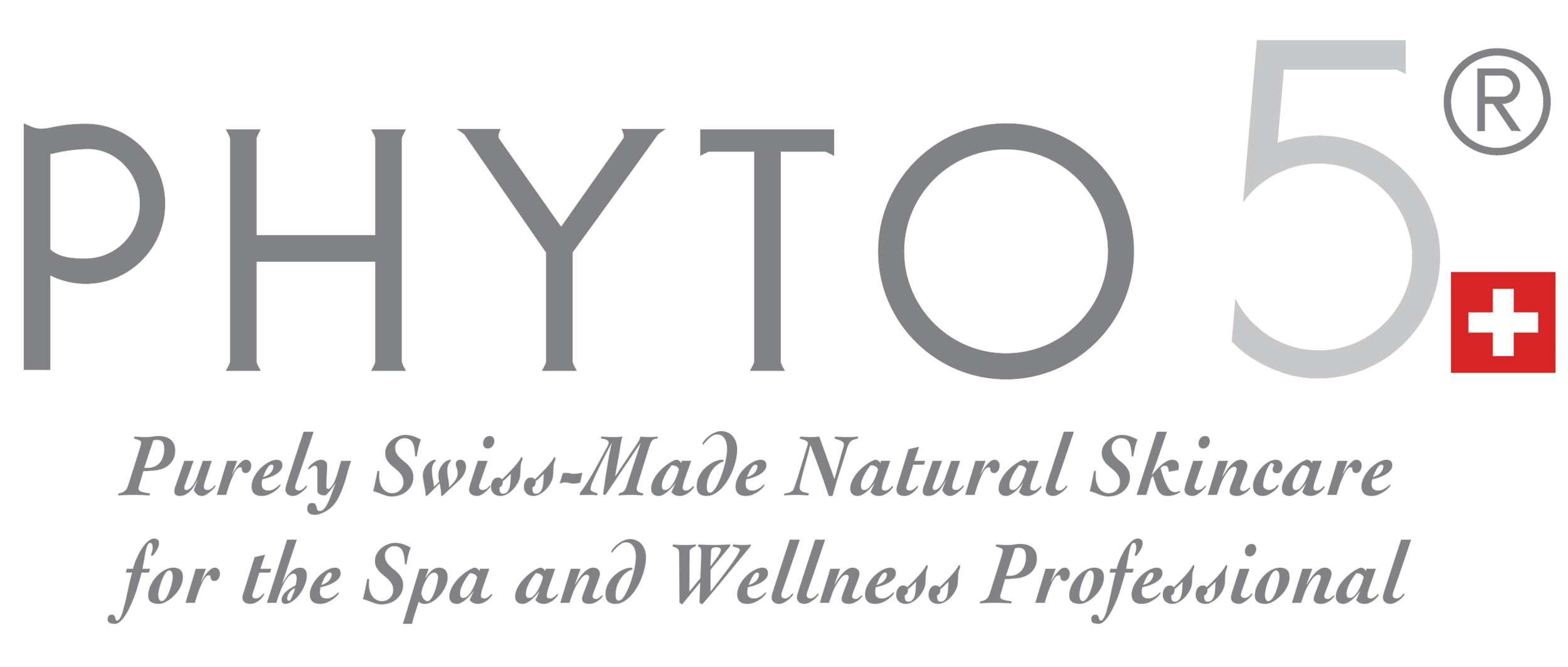… one who understands the Tao will remain strong and healthy. The one who does not understand the Tao will age. Ones who is careless will often feel deficient, while one who knows will have an abundance of energy. Those who are knowledgeable have clear orifices, perceptions, hearing, vision, smell, and taste, and are light and strong. Even though their bodies are old, they can perform most of life's activities.
Those who understand the principles of wholesome living tame their minds and prevent them from straying. They do not force anything upon themselves or others, are happy and content, tranquil and quiet, and can live indefinitely. These are the ancient methods of self-maintenance. – The Neijing Suwen
Perspectives on Aging From Contemporary Western Medicine to Traditional Chinese Medicine: Why It Happens and How to Slow It Down
The Western Medicine View
Science has studied the phenomenon of aging for generations. It can describe in great detail what it believes through observation is the cause and impetus for aging but there is no official and fully endorsed theory on aging.
A number of theories exist which are periodically updated indicating that we do not for certain know the truth about aging. Nevertheless, one theory enjoys a great deal of support at the moment which is that aging is, at least in large part, caused by oxidation stress to the body’s cells resulting from the presence of a significant enough amount of free radicals in the body’s system. Although this theory does not completely explain aging, it is seen as an important factor.
Free radicals are molecules whose atoms have an unstable amount of electrons. The electrons’ outer orbit have not reached or maintained the specific number of electrons that ensures stability to the cell. It follows that the atom will attempt to either combine with other atoms in an attempt to create stability or it will steal electrons from other molecules which are already stable. The molecule that loses an electron, in turn, becomes unstable and behaves as a free radical consequently attacking other molecules.
This phenomenon cascades into a chain reaction that becomes destructive to cell tissues. Since cells are fed and eliminate waste through their cell walls by osmosis, when the wall is damaged the cell is neither properly nourished nor capable of eliminating properly. This leads to the creation of unhealthy tissues and organs.
Oxidation stress caused by free radicals is a part of the aging process and eventual death of the body.
The formation of free radicals naturally occurs as part of our normal metabolism, but under normal conditions in a healthy body there are enough antioxidants to mitigate the start of a chain reaction of free radical production.
Antioxidants come principally from fruits and vegetables which are rich in vitamins E and C. To ensure we get the proper intake of antioxidants supplements can be helpful if they are of good quality, but nothing beats the consumption of wholesome organic fruits and vegetables.
(Many PHYTO5 skincare products contain antioxidants to help with the reversal of the signs of aging of the skin.)
The Five Phases of the Aging Process According to Traditional Chinese Medicine (TCM)
In addition to genetic influence, effects of lifestyle, and natural cell aging, energy medicine recognizes other factors of an unseen energetic nature that may explain aging. Some are common to all of us, and some others are specific to each one of us.
Understanding the energetic influences specific to you can help anticipate the likely direction of your particular aging process.
The Five Element Theory is also called the Five Phases Theory and for good reasons. The five phases of TCM are Wood, Fire, Earth, Metal, and Water.
First, we are under the influence of the “energetic seasons” throughout our entire lives. In addition to the four seasons, the Chinese have what effectively constitutes a fifth season called the Earth season. It is the transition time between each season, and it happens four times a year. Second, from birth to death, we move through five distinct phases of life.



